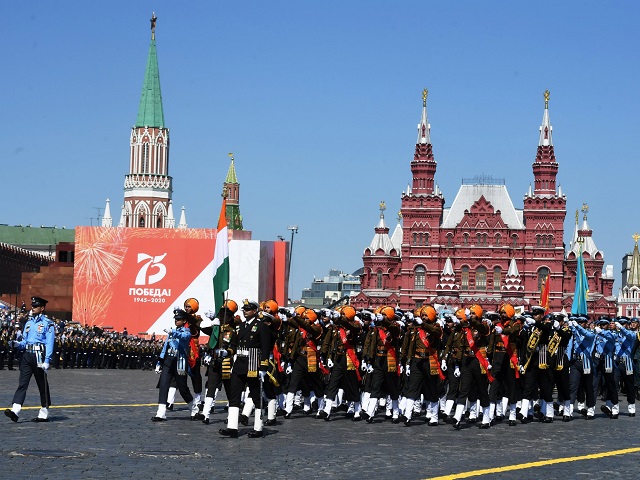
Military Diplomacy: Enhancing Strategic Interests
Wed, 09 Dec 2020 | Reading Time: 10 minutes

India, since its independence in 1947, has underplayed one of the most significant elements which will contribute to enhancing its national strategic interests, namely, military diplomacy. All-powerful nations fully comprehend that no country can achieve its foreign policy goals and security interests in today’s highly stressed strategic environment if it disregards the effective employment, in myriad forms, of its military instrument.
Down the ages, militaries have been charged to achieve national objectives through the use of kinetic means. Conversely, military diplomacy is just the opposite. While there is no universally accepted definition of this form of statecraft, however, military or defence diplomacy (the term military and defence are interchangeable) connotes the peaceful, non-kinetic employment of military capabilities and military resources in the pursuit of national foreign policy objectives. This form of diplomacy encompasses high-level ministerial and military commanders meetings, ship/aircraft goodwill visits, training– both at military institutions and in the field, operational cum logistical exercises, regional defence forums (like Shangri La and Raisina Dialogues), confidence-building measures, humanitarian assistance during natural disasters and cooperation in combating sea piracy, the establishment of air, sea traffic control and communication facilities, construction of specialized infrastructure like ports, airfields, bridges, exchange of specialist military personnel, participation in each other’s military parades, fleet reviews or air shows and the like. The exchange and positioning of military attaches of the three services in each other’s diplomatic missions has been, since years, an important ingredient of global military diplomacy. In today’s terror afflicted world, the exchange of timely terrorist related intelligence will also fall under the purview of military diplomacy. It merits an in-depth analysis to ascertain whether India has a well conceived structured approach to defence diplomacy to further the nation’s strategic interests.
Military Diplomacy: Objectives
Military or Defence diplomacy is undertaken to achieve both overall national security and foreign policy objectives. The London published Economist, in its March 2013 issue ‘ India As a Great Power’ had succinctly observed that the “Indian Armed Forces have grown exponentially since Independence, but no civilian leader has the faintest idea how to use India’s growing military clout !” Dr Marc Faber, the well-known author of the best-seller, “Gloom, Boom and Doom’, had also pithily opined that ” India continues to be ambivalent about power, it has failed to develop a strategic agenda commensurate with its growing economic and military capabilities…… throughout history India has failed to master the creation, deployment and uses of its military instruments in support of its national objectives.” Military diplomacy in India falls under the same paradigm. The goals of military diplomacy, naturally, need to be adequately tailored to the attainment of overall national objectives.
First and foremost, it must be clearly understood by all stake-holders that military diplomacy does not replace the nation’s foreign or security policies but supplements them for greater dividends for the nation. It works towards confidence-building and development of closer ties between nations and conflict prevention is one of its primary objectives. Secondly, it aims at substantial accretions in the knowledge and progress of the latest techniques and technologies in weapons, equipment, and domain awareness in emerging concepts of warfare. Thirdly, as an extension of the above mentioned, training both theoretical and in the field with joint exercises is a significant feature of this form of diplomacy. All these goals contribute to a nation establishing and increasing its sphere of influence both bilaterally and even multilaterally.
Cooperation in non-traditional security areas like disaster management, anti-piracy threats, meeting pandemic threats or assistance in mass evacuations of own and other people from foreign countries in emergencies are also part of defence diplomacy. A major spin-off of this form of defence cooperation is that in emergencies including while participation in UN or other international constituted operations, participating nations work towards understanding each other’s tactics and strategies, equipment, logistics, SOPs and thus attain the important advantage of interoperability.
It needs no emphasis to state that the success of defence diplomacy in a nation will solely depend on the political, security and strategic dialogues to be in sync and complementing each other.
Evolution of India’s Military Diplomacy
Immediately after independence in 1947, India was confronted with the realities of the Cold War and the continuous jostling for global dominance between the two superpowers, namely, the USA and USSR. But for sound geopolitical reasons then, India’s first Prime Minister, Jawaharlal Nehru, was a staunch votary of non-alignment and all of India’s foreign policies were centered on chartering a path independent and virtually equidistant of the two competing power blocs. Consequently, India’s defence cooperation and military diplomacy too remained ‘isolationist’ in its orientation and military linkages with other nations were frowned upon by India’s new rulers. The exception to this rule was, however, mercifully, India’s willing participation in UN peacekeeping endeavours. Besides, during Nehru’s prime ministership, India chaired the UN Neutral Nations Repatriation Commission in 1953 and sent a small contingent and field ambulance to Korea. Also, during the 50s, India did engage in military diplomacy with Nepal and Bhutan but any noteworthy military initiatives with other nations, apart from visits of Service Chiefs and attendance at some military institutions, hardly materialized.
Former Army Chief, Gen Ved Malik in his seminal book ‘India’s Military Conflicts and Diplomacy’ has commented that “India started poorly in making use of military diplomacy as a national security and foreign policy tool.” He opines that among the many reasons for this malaise, “the foremost being a steep erosion of every aspect of India’s military capabilities; civil-military relations, military capabilities, leadership and morale.” Gen Malik further lamented that “Nehruvian India was distrustful of the armed forces and kept them out of the Ministry of Defence and important decision making…………South Block ensured that policy making was crafted by bureaucrats and strategy by diplomats. Both lacked military expertise or perspective. “However after the end of the Cold War, India’s defence diplomacy underwent a major transformation both in its span and scale in keeping with emerging foreign policy challenges.
Before fast-forwarding to the current years, it will be worthwhile mentioning that meager efforts at fostering military diplomacy have existed since the early 50s. Since 1950, India’s prestigious Defence Services Staff College(DSSC), Wellington (Tamil Nadu), has hosted officer students from the three services of friendly foreign nations. Beginning with officers from UK, USA, Australia, Canada and Burma, officers from Non Aligned and newly independent nations such as Sri Lanka, Malaysia, Nigeria, Kenya, Egypt, Indonesia and Ethiopia, Bhutan, Bangladesh and Ghana, among others send their student officers for this renowned military course each year. A fair number of these officers who attended the course have reached the top positions in their service hierarchies in their respective nations besides some of them from the DSSC and India’s National Defence College(NDC) has risen to be heads of state of their nations.
India has also been one of the largest contributors of troops on various UN peacekeeping missions around the world and its record in this form of military diplomacy has been second-to-none.
It is also worth mentioning here that the Indian Armed Forces, also enjoy globally, a sterling professional reputation among other armed forces in the world. Thus India has been requested many times by friendly foreign nations to send military training teams to some nations. Some of these nations where Indian military training teams have been sent are Nepal, Bhutan, Iraq (where the author too served for 2 years), Botswana, Angola, Malaysia among some other nations.
Current Status: Military Diplomacy
India’s Defence diplomacy underwent a gradual yet qualitative change with the end of the Cold War. Today, 73 nations from across the globe have their military representation with a total of 120 officers from the three services stationed in New Delhi. On the other hand, India has a total of 71 military officers as Defence/military/air/naval attaches posted to 44 nations with an increase planned as regards their numbers and the nations to be represented in.
With the world’s sole superpower, the US, India’s diplomatic relations, including military cooperation have been steadily improving since the last two decades or so. The formulation of the “Kicklighter proposals” in 1991-92 gave a fillip to expanded cooperation among the armed forces of the two democracies after decades of being indifferent to each other. This protocol enabled the first-ever military to military India and US paratroopers exercise in Feb 1992. This was followed by exercises by the navies of the two nations dubbed Malabar I, II and III which have now become a regular biennial feature. The last 10 years, in particular, have seen an unprecedented strengthening of the US India Defence relationship. In June 2005, India and the US signed a new framework for expanding their defence relationship in the next 10 years– this agreement was further extended for another 10 years in 2015. India is today the US military’s biggest training partner with the US conducting the maximum number of military exercises with India than any other nation. In addition, the US has now become the third-largest supplier of arms and equipment to India. Gradually, irksome differences between the two nations like transfer of technology, export to India of dual-use technology and India signing some strict protocols regarding employment of weapons provided by the US or inspections etc, are slowly being smoothened out. In the last few years, India has acquired several systems including the LPD ship Trenton, modern transport aircraft like the C-130( Hercules) and C-17, Chinook and Apache helicopters, drones, P-8 maritime surveillance aircraft etc.
The signing of the India US Nuclear Accord between President George Bush and then Indian PM, Dr Manmohan Singh in 2009 took India US ties to a new level. India– US defence ties are on the upswing and have been given a comprehensive thrust by Indian PM Narendra Modi and outgoing US President Donald Trump. Both the Indian Navy and the Indian Air Force are now regularly participating in the US conducted exercises like the Rim of the Pacific multilateral and Red Flag exercises respectively. The much heralded US– India Defence Technology and Partnership Agreement will take defence ties between the two nations to another level of defence engagement. The signing of the Logistics Agreement between the two nations enables both the nations to utilize each other’s bases and logistics—indeed a radical departure from the past relationship!
Since the last few years, in particular, the US has also been trying to push India to assume a much larger role in the Indian Ocean in collaboration with it, Japan and Australia with an eye on Chinese expansionist inclinations in the South China Sea and the East China Sea. Thus in the immediate future, the militarization of the QUAD is well on the cards with these four nations joining hands together to keep China’s unbridled ambitions in the Indo-Pacific at bay.
China’s naked aggression in India’s Eastern Ladakh sector since April 2020 has further brought India and US together with the latter supporting India’s stand and criticizing China openly for its expansionist tendencies. India hopes that the US President-elect Joe Biden will continue with the current US stance as regards China. Meanwhile, the US and India must step up their cooperation as regards combating China unleashed global pandemic COVID 19. In addition, both nations must impress upon the world to ostracize China for its devious role in bringing misery to the world consequently owing to COVID 19.
With Russia, defence relations have been an important pillar of our long-standing strategic partnership. The Indian MOD opines that “the two countries have a robust, multi-tiered institutionalized mechanism for regular interactions for deepening longstanding defence cooperation.” The India Russia Governmental Commission on Technical Cooperation needs to be given further impetus by both nations. High level visits to discuss various issues among the two nations especially regards weapons, equipment, ammunition and efforts to manufacture Russian equipment in India, like the Kamov 226T helicopter, have been going on intensively. It is important to mention here that with deepening defence relationships of India with Israel and the US, defence cooperation with Russia may take a hit in the years ahead as India diversifies its sources of importing of equipment including for its ‘Make in India’ programmes. We will have to diplomatically ensure that Russia maintains its historical fraternal ties with India—– not an easy call, with cash strapped Russia which has large scale defence cooperation ties with China!
It merits mention here that the Indian Navy has been at “the forefront of lending a military dimension to India’s ‘Look East’ policy unveiled in the 1990s”. The policy has now been renamed as ‘Act East’ by the present NDA dispensation and the Indian Navy has been vigorously reaching out to all the Indian Ocean littoral nations. Commencing 1995 onwards, our Navy has been conducting multi-national cooperation exercises code-named ‘Milan’ in its out-reach amongst nations in the Bay of Bengal. The International Fleet Review conducted in Feb 2016 by the Indian Navy at Vishakhapatnam, attended by 99 warships from 50 nations, was a spectacular display of India’s military diplomacy at work. Also, the Indian Navy in November 2020 had conducted the Malabar exercises with the navies of the US, Australia and Japan to give a fillip to the QUAD formation and send a strong message to China.
As regards its neighbours, India has cordial military relations with all except, of course, Pakistan with whom not much should be expected in the foreseeable future. Despite countless efforts by India to normalize relations with Pakistan, the latter continues to follow a highly violent, anti-India agenda in all its strategic and security formulations. However, India’s Pakistan policies and the latter’s terror exports to India, for many years is another subject to be dealt with separately. Suffice here to mention that India must further step up its military diplomacy with its other neighbours far more vigorously than hitherto fore. China, as part of its grand design, in collusion with its protégé, Pakistan, will do, whatever it can, to vitiate India’s efforts at establishing healthy relations with its neighbours.
Recommendations and Conclusion
India, today stands at a defining moment in its rise as a reckonable global player. Nevertheless, India’s rise is concomitant on the well-conceived and determined steps the national government takes to attain that goal. The nation thus will have to energize all the constituents which contribute to the enhancement of India’s Comprehensive National Power. Military strength and military diplomacy are both vital and irreplaceable components which will go to enhance the nation’s ascent in the global community.
Adequate impetus in national strategy and national security issues to the Defence Services must be given and overall synergy achieved. The energetic pursuit of military diplomacy and defence cooperation with nations of interest to India will thence be a natural corollary. Secondly, India must step up its military diplomacy and defence cooperation in a substantial manner with its neighbours like Bangladesh, Afghanistan, Sri Lanka, Iran, Bhutan and importantly Nepal; with whom our relations do fluctuate from time to time. As Maritime Asia assumes increasingly larger strategic significance in the years ahead, Indian military diplomacy will have to touch the shores of East Asia and better naval cooperation achieved with nations like Japan, South Korea, Philippines and importantly Vietnam. Our military representation, currently restricted to just 44 nations, must be substantially increased and also span continents like South America besides the nations along the Indian Ocean and Africa.
With the establishment of the appointment of the Chief of Defence Staff, it will be appropriate to accord to the Defence Intelligence Agency (DIA), under him, the responsibility of conducting defence diplomacy in all its manifestations. On behalf of the MOD and the three services, the DIA can foster military diplomacy in concert with the MEA and any other ministries involved.
It will be in the nation’s interests to send some suitable retired senior officers from the three services as High Commissioners/Ambassadors to such countries, e.g. sending a retired senior officer from an Indian Gurkha regiment to Nepal as our High Commissioner will pay handsome dividends to the nation.
As most nations look up to India for increasing security assistance to it, India will have to speedily establish integrated institutions and expertise within to comprehensively reach out to the growing demands and aspirations of friendly foreign nations from India. Military diplomacy remains for India a viable instrument and its potential for national strategic endeavours needs to be tapped.
Disclaimer
The opinions expressed in this article are the author’s own and do not reflect the views of Chanakya Forum. All information provided in this article including timeliness, completeness, accuracy, suitability or validity of information referenced therein, is the sole responsibility of the author. www.chanakyaforum.com does not assume any responsibility for the same.
Chanakya Forum is now on . Click here to join our channel (@ChanakyaForum) and stay updated with the latest headlines and articles.
Important
We work round the clock to bring you the finest articles and updates from around the world. There is a team that works tirelessly to ensure that you have a seamless reading experience. But all this costs money. Please support us so that we keep doing what we do best. Happy Reading
Support Us




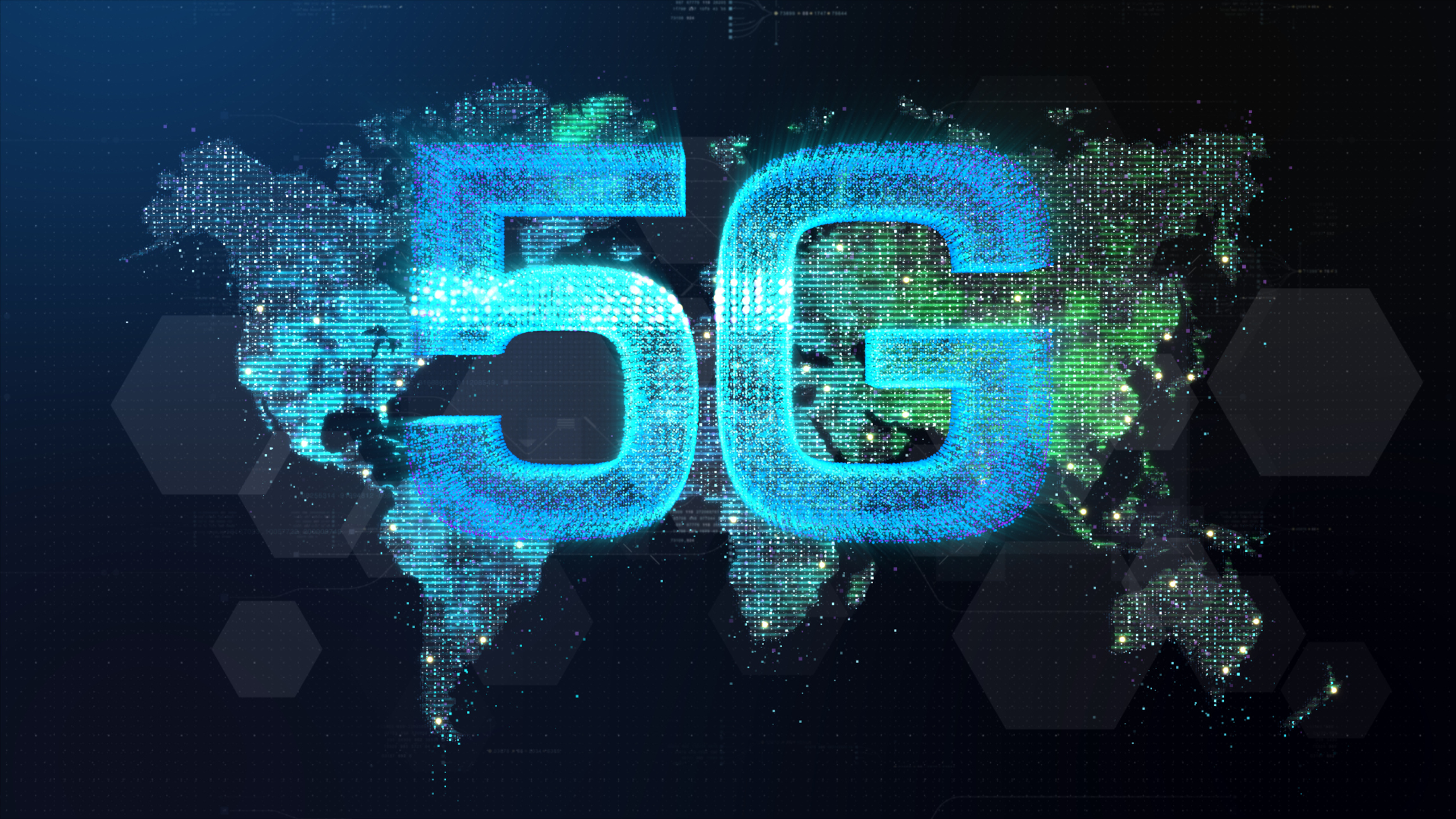
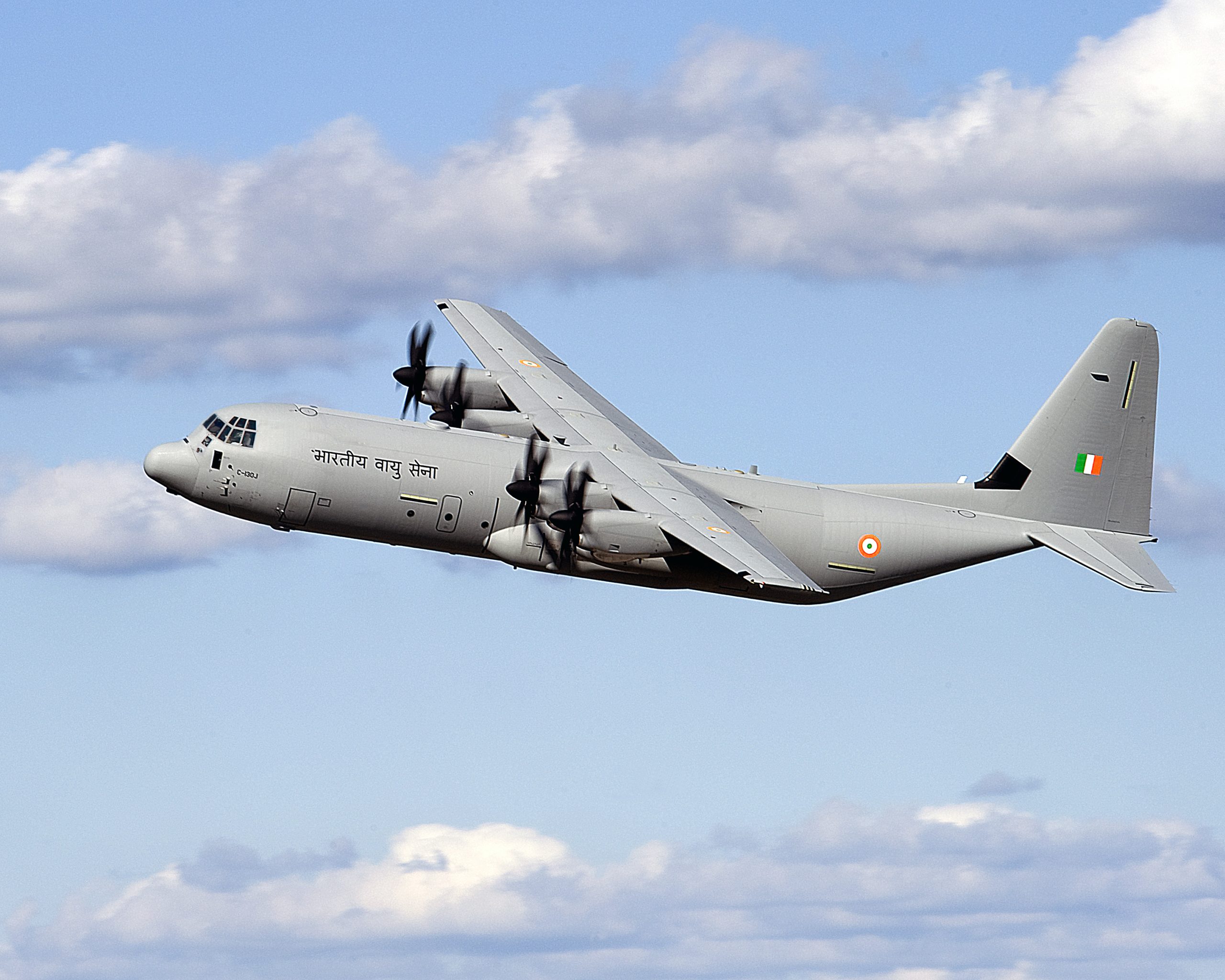


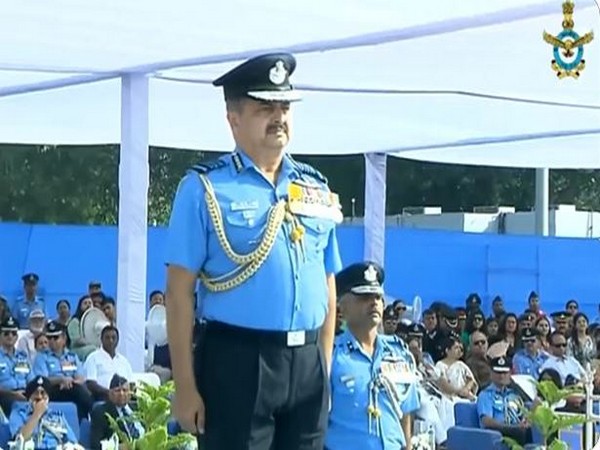
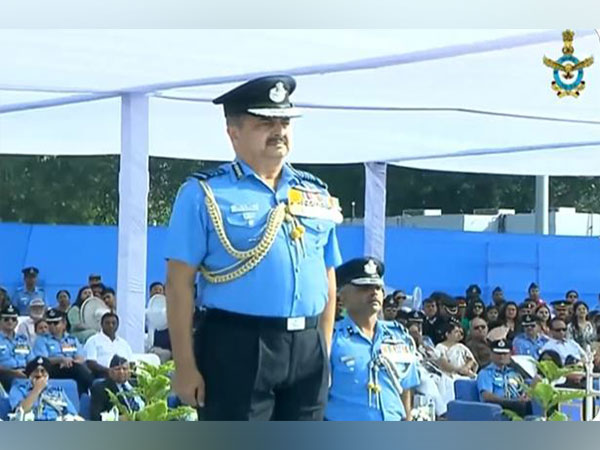

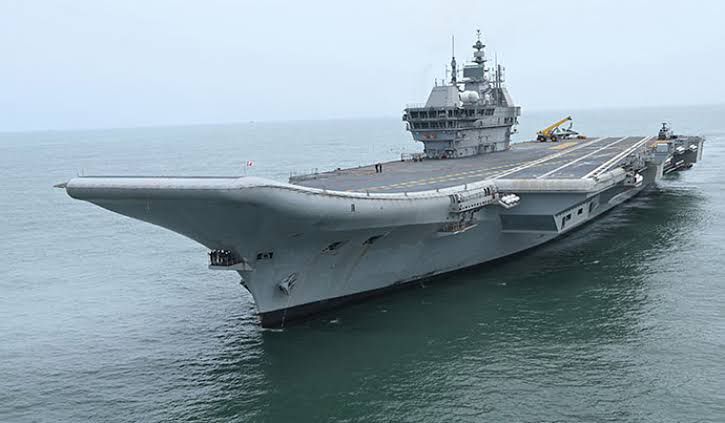
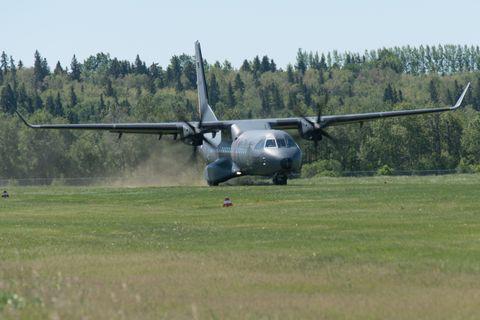







POST COMMENTS (0)